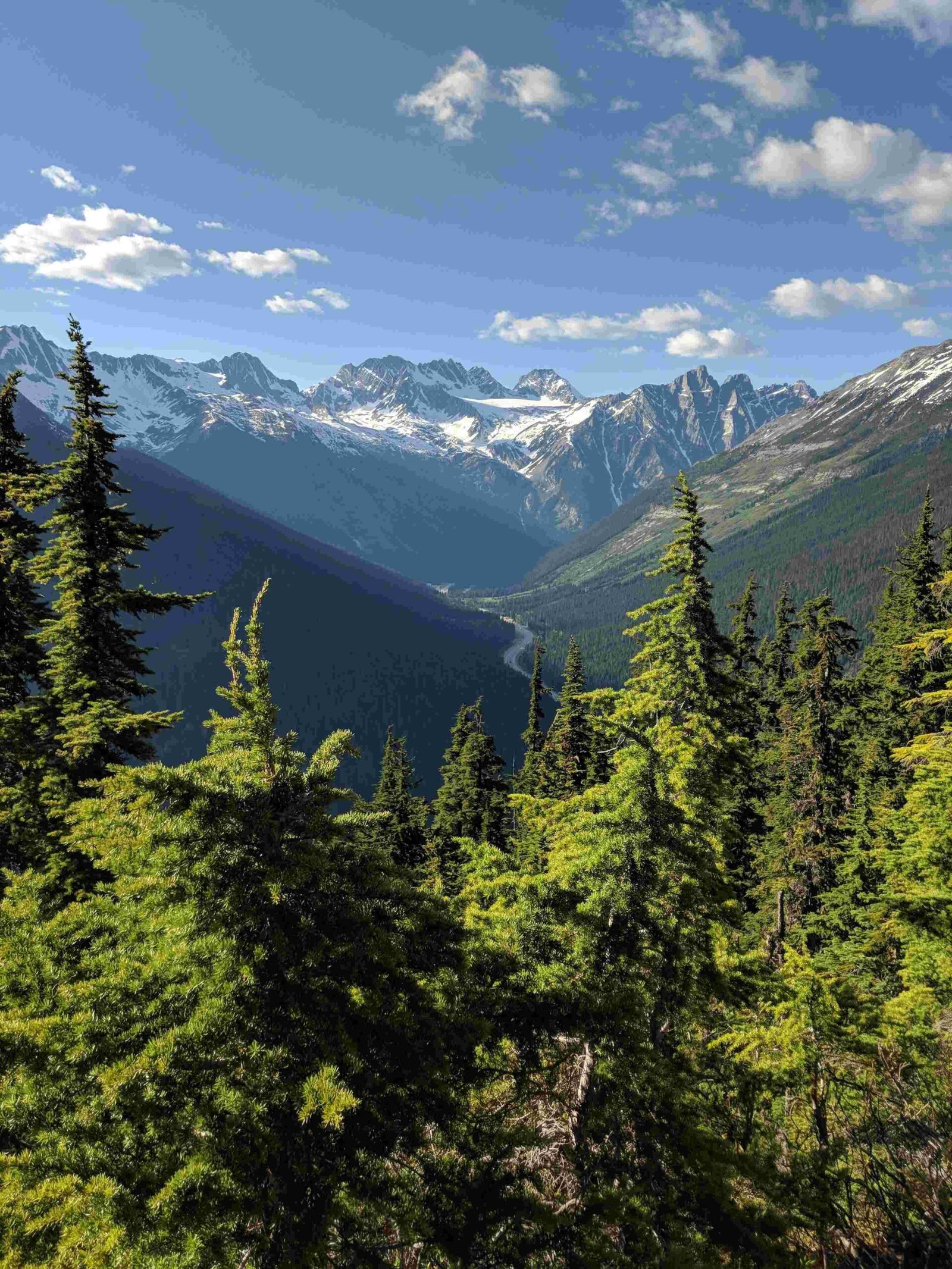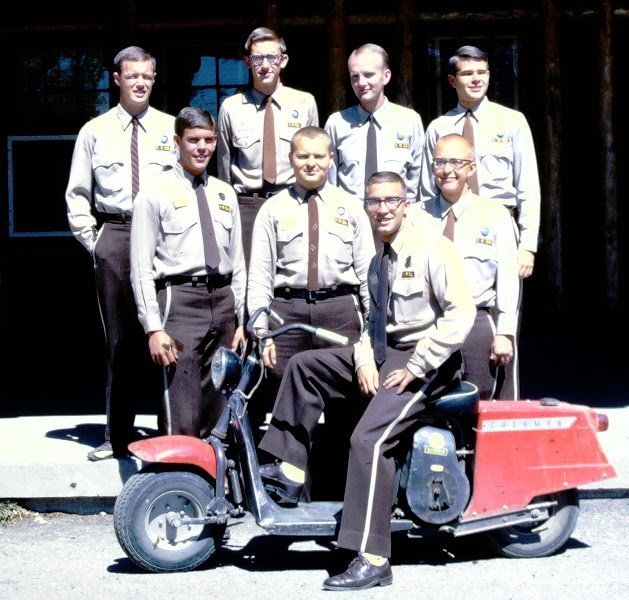Glacier National Park’s glaciers are rapidly diminishing, with a 34% decrease in total surface area between 1966 and 2015. All 37 named glaciers have shrunk, averaging a 39% reduction. The park now has only 26 named glaciers, down from 35 in 1966 and an estimated 80 during the Little Ice Age peak. Recent studies show 11 glaciers fragmenting due to climate change, highlighting the urgent need for conservation efforts.
What Are the Current Glacier Sizes in Glacier National Park?

The current state of glaciers in Glacier National Park paints a concerning picture:
- As of 2016, only 26 named glaciers remain in the park.
- Between 1966 and 2015, the total surface area of glaciers decreased by about 34%.
- Every named glacier has reduced in size, with an average area reduction of 39%.
- The most significant reduction was observed in Boulder Glacier, shrinking by 85%.
- Pumpelly Glacier showed the smallest reduction, decreasing by 10%.
These figures demonstrate the dramatic impact of climate change on the park’s iconic glaciers over the past few decades.
How Has Climate Change Affected Glacier National Park?

Climate change has had a profound effect on Glacier National Park:
- Consistent shrinking trend over the past 50 years
- 34% decrease in glacier surface area between 1966 and 2015
- 44% ice loss in the Lewis Range since the late 1960s and early 1970s
- Higher loss rate compared to other regions (e.g., 33% loss in the Cascade Range)
- Fragmentation of 11 glaciers, including Agassiz, Blackfoot, and Harrison
The accelerated melting rate and fragmentation of glaciers underscore the urgent need for climate action to preserve these natural wonders.
What Are the Historical Glacier Figures Compared to Current Data?
To understand the extent of glacier loss, let’s compare historical figures with current data:
| Time Period | Number of Glaciers | Notes |
|---|---|---|
| Little Ice Age Peak (c. 1850) | ~80 | Estimated number |
| 1966 | 35 | Named glaciers |
| 2016 | 26 | Named glaciers |
| Present | <26 | Some reclassified as perennial snowfields |
This comparison reveals a stark decline in the number of glaciers over time, with more than half of the glaciers present during the Little Ice Age peak having disappeared or no longer meeting the criteria to be classified as glaciers.
What Are the Seasonal Melting Rates and Temperature Correlations?
Seasonal melting rates and temperature correlations play a crucial role in understanding glacier dynamics:
- Summer melting exceeds winter snow accumulation, resulting in net mass loss.
- Climate change exacerbates this trend by:
- Increasing summer melting rates
- Reducing winter snowfall
- A study on the Illecillewaet Glacier (2009-2011) showed:
- Average summer glacier runoff: 112,300,000 m³ of water
- 34% from glacial ice melt
- 66% from snow melt
These figures highlight the delicate balance between seasonal melting and accumulation, which is being disrupted by rising temperatures.
What Are the Projected Future Melting Rates?
While exact predictions are uncertain, the future of Glacier National Park’s glaciers looks grim:
- Ongoing warming trends suggest continued shrinkage of glaciers.
- Previous predictions of glaciers disappearing by 2020 or 2030 have been updated to reflect uncertainty.
- Factors influencing future melting rates include:
- Global greenhouse gas emissions
- Effectiveness of climate mitigation efforts
- Potential tipping points in the climate system
Scientists continue to monitor and model glacier behavior to refine projections and inform conservation strategies.
How Do Ice Melt Statistics Impact Local Ecosystems?
The melting of glaciers in Glacier National Park has far-reaching consequences for local ecosystems:
- Water Temperature: Glacier melt influences stream and river temperatures.
- Oxygen Levels: Changes in water temperature affect dissolved oxygen content.
- Habitat Alteration: As glaciers recede, habitats for alpine species change.
- Water Availability: Reduced glacier mass affects late-summer water supply for ecosystems and human use.
- Sediment Load: Increased melting can lead to higher sediment loads in waterways.
These impacts underscore the interconnectedness of glaciers and the surrounding environment, highlighting the need for comprehensive ecosystem management in the face of climate change.
What Methods Are Used to Track Glacier Changes?
Scientists employ various methods to monitor and measure glacier changes in Glacier National Park:
- Aerial Imagery Analysis:
- USGS study analyzed images from 1966, 1998, 2005, and 2015
-
Provides comprehensive surface area measurements
-
Repeat Photography:
- Captures visual evidence of glacier recession over time
-
Allows for qualitative assessment of landscape changes
-
Field Measurements:
- Direct measurements of glacier thickness and extent
-
Provides high-accuracy data on specific glaciers
-
Satellite Remote Sensing:
- Offers frequent, large-scale observations
-
Useful for tracking changes in remote or inaccessible areas
-
Climate Data Correlation:
- Analyzes relationships between temperature, precipitation, and glacier behavior
- Helps in developing predictive models
These diverse methods provide a comprehensive understanding of glacier dynamics and help inform conservation strategies.
What Are the Implications of Glacier Loss for Glacier National Park?
The loss of glaciers in Glacier National Park has significant implications:
- Ecological Impact:
- Altered water availability for plants and animals
- Changes in species distribution and habitat
-
Potential loss of unique glacial ecosystems
-
Hydrological Changes:
- Reduced late-summer water flow in streams and rivers
-
Potential impacts on water quality and temperature
-
Tourism and Recreation:
- Altered landscape aesthetics
- Potential reduction in glacier-related tourism activities
-
Need for adaptive management of park resources and visitor experiences
-
Cultural Significance:
- Loss of iconic features that have cultural importance to indigenous communities
-
Changes in the park’s identity and public perception
-
Scientific Research:
- Ongoing opportunities to study climate change impacts
-
Need for continued monitoring and adaptation strategies
-
Economic Considerations:
- Potential impacts on local economies dependent on park tourism
- Costs associated with adapting park infrastructure and management practices
Understanding these implications is crucial for developing comprehensive strategies to manage and preserve the park’s resources in the face of ongoing climate change.
How Can Visitors Help Preserve Glacier National Park?
Visitors to Glacier National Park can play a role in preservation efforts:
- Practice Leave No Trace principles:
- Pack out all trash
- Stay on designated trails
-
Respect wildlife and plant life
-
Reduce carbon footprint:
- Use park shuttles or carpool when possible
- Choose eco-friendly accommodations
-
Minimize energy use during your stay
-
Educate yourself and others:
- Learn about the park’s glaciers and climate change impacts
- Share knowledge with fellow visitors
-
Participate in ranger-led programs
-
Support conservation efforts:
- Donate to park conservation funds
- Volunteer for park projects when available
-
Advocate for climate action in your community
-
Practice sustainable tourism:
- Visit during off-peak seasons to reduce strain on resources
- Support local businesses that prioritize sustainability
- Choose low-impact activities
By taking these steps, visitors can contribute to the preservation of Glacier National Park’s unique ecosystems and glacial landscapes for future generations.
References:
1. Glacier’s Glaciers – National Park Service
2. Studying glacial recession – Glacier National Park
3. A Closer Look: Glaciers in Glacier National Park | US EPA